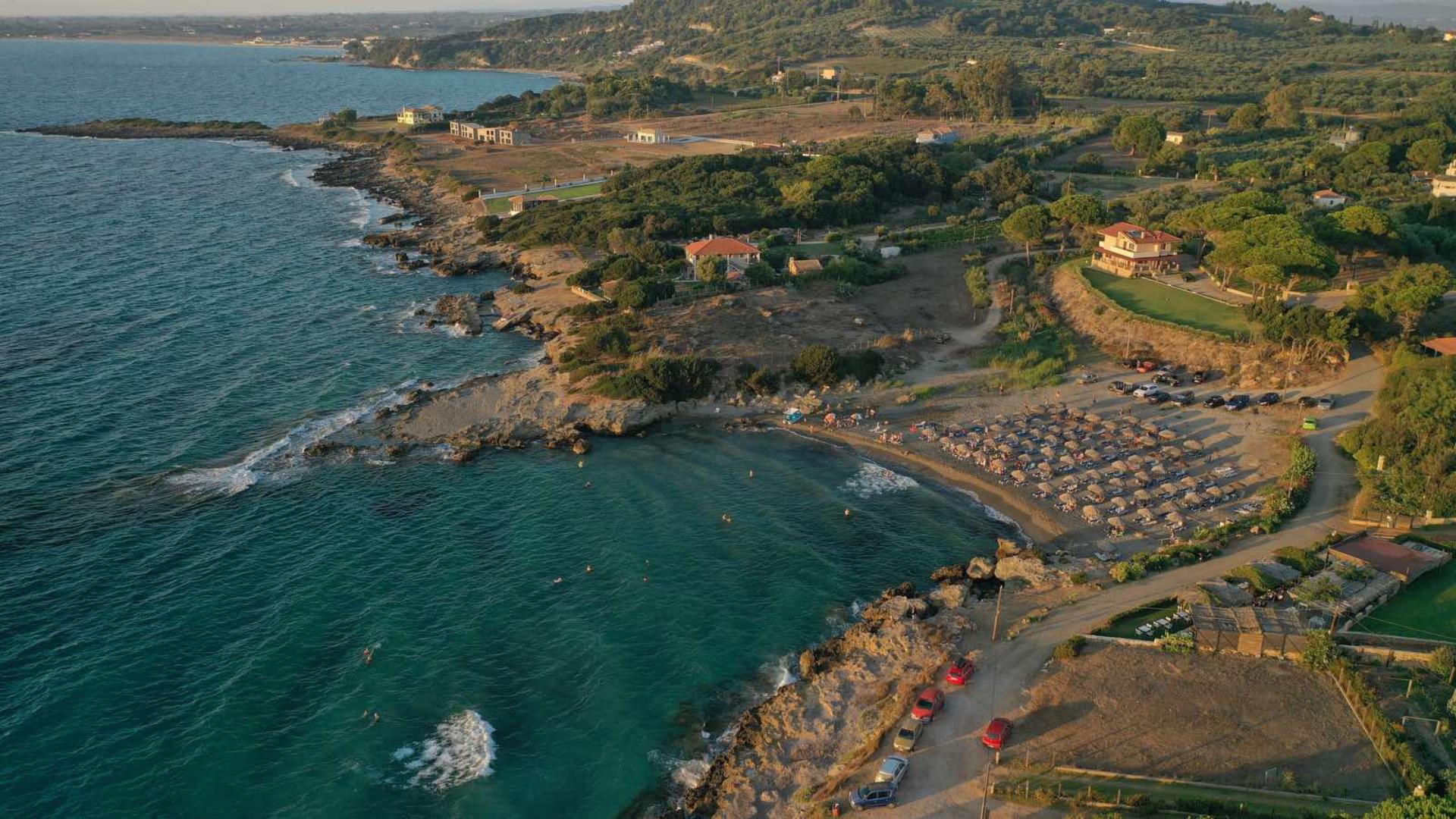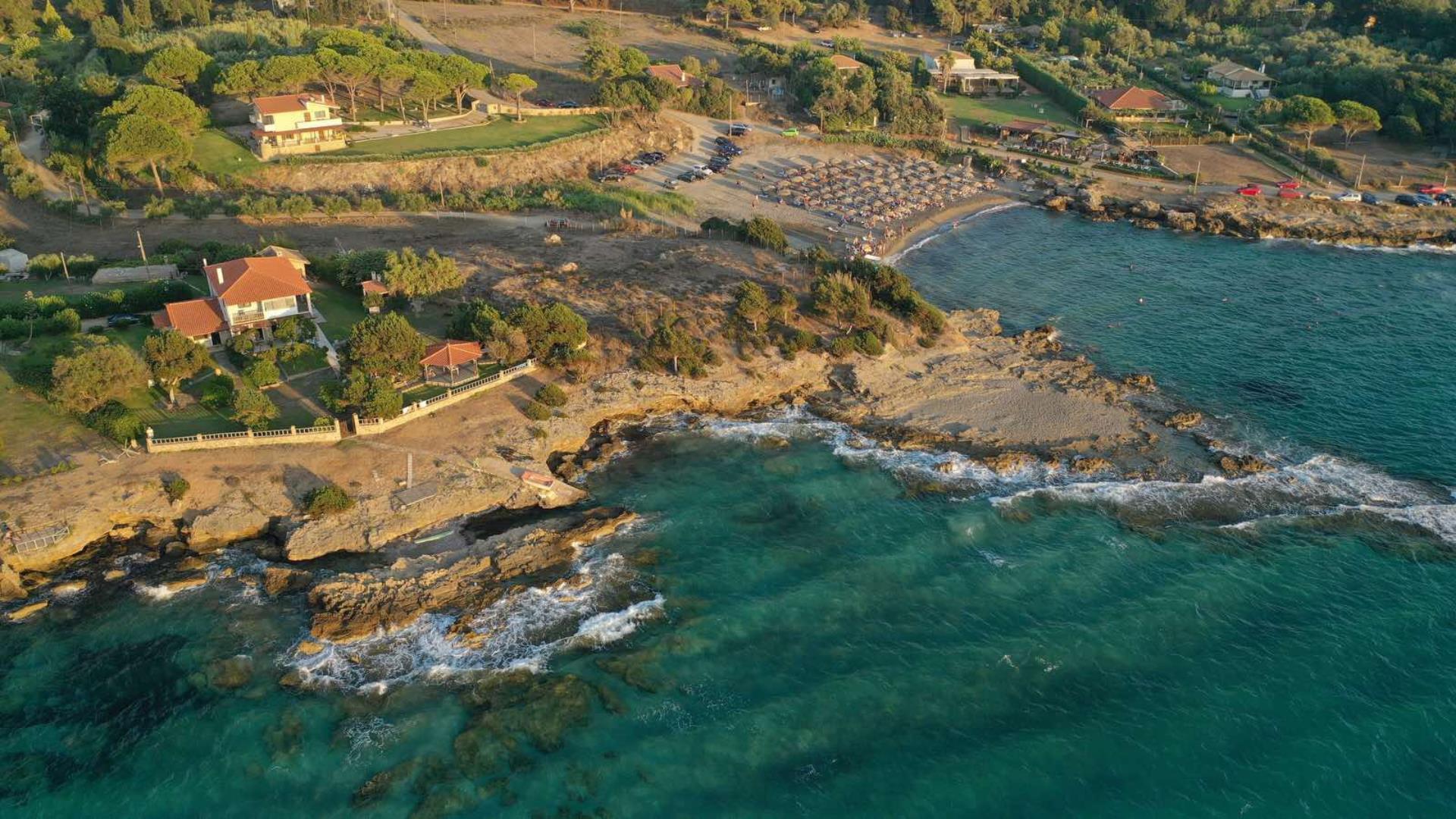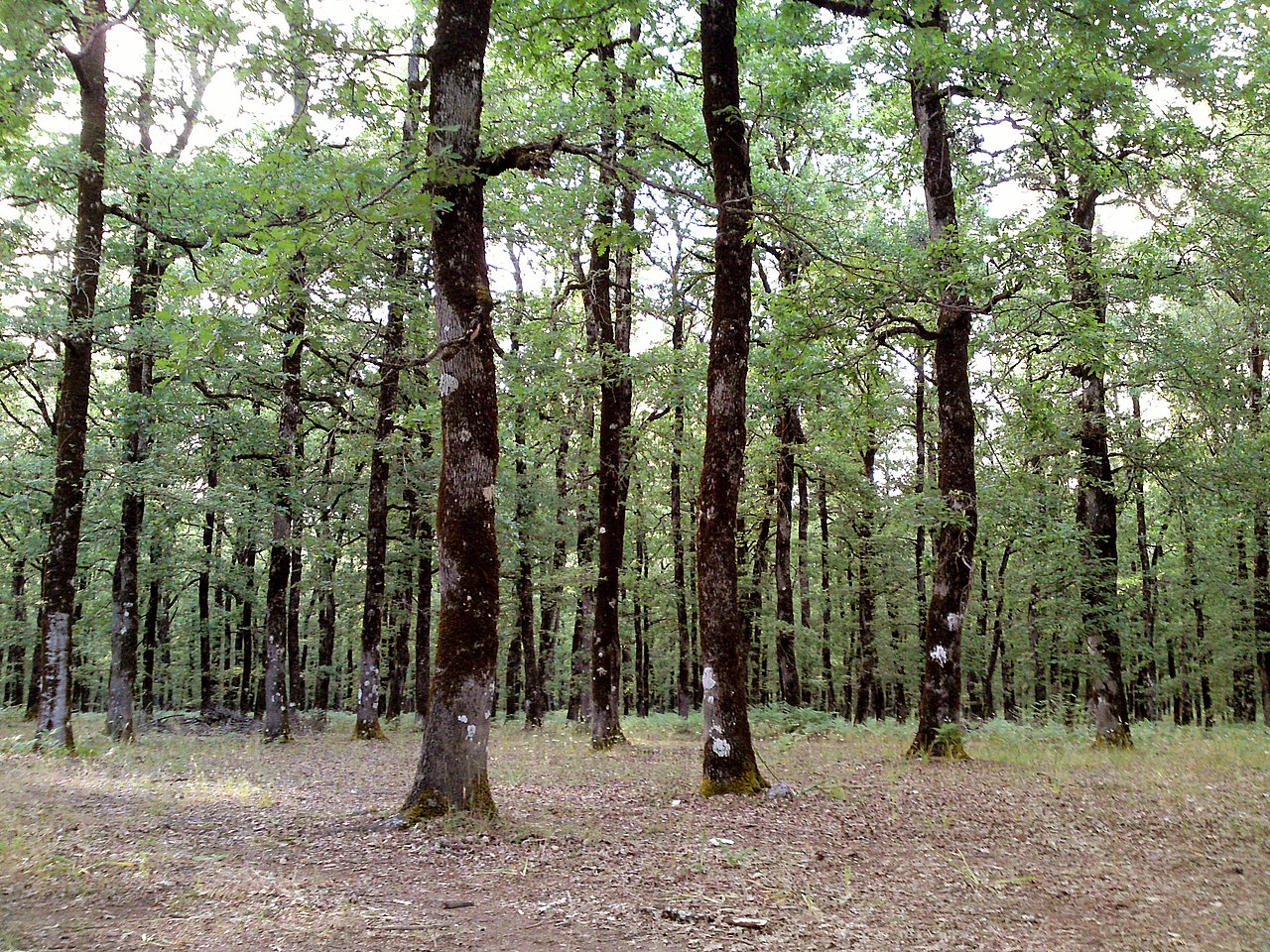The “valley of the gods”, Ancient Olympia grew to be the most celebrated sacred site of Ancient Greece, and the birthplace of the Olympic Games, the most important sports events in all antiquity: starting from 776 B.C., all Greeks – across the then known world – would be united every four years and all hostilities would be suspended so that everyone could take part in these games in the true spirit of sportsmanship. Olympia is now, as it used to be in the past, a famed destination, a powerful landmark known the world over.
Click here to explore tours and activities in Ancient Olympia and the surrounding areas.
Temple of Apollo Epikourios
The Temple of Apollo Epikourios in Vasses Figaleia is one the greatest temples. The ancient writer Pausanias praises the temple as the eclipsing all others but the temple of Athena at Tegea by the beauty of its stone and the harmony of its construction. It was dedicated to Apollo by the residents of Figaleia. Apollo offered his assistance when the epidemic plague occurred. Its construction is placed between 450 B.C. and 400 B.C. It was designed by Iktinos, the architect of the Parthenon. It is the best-preserved ancient temple of the classical antiquity, and it was the first in Greece to be listed in Unesco’s World Heritage List in 1986.
Chlemoutsi Castle
Chlemoutsi castle was the most important medieval castle of the Principality of Achaea. It was built between the 1220s and the 1223s to protect Andravida. Chlemoutsi remains ‘’the most beautiful testimony of the military art in the Frankish principality’’, according to A. Ben. Its location, on a small plateau of 226m (741ft) above sea level near the modern village of Kastro-Kyllini, gives it a commanding view of the surrounding countryside, encompassing the coastal plain of Elis and reaching to the Ionian islands of Zakynthos and Cephalonia.
The castle consists of an irregular hexagonal inner fortress, a sort of donjon with a small open courtyard and barrel-vaulted chambers running round the interior, and another expanse of open courtyard adjoining it in the west.







